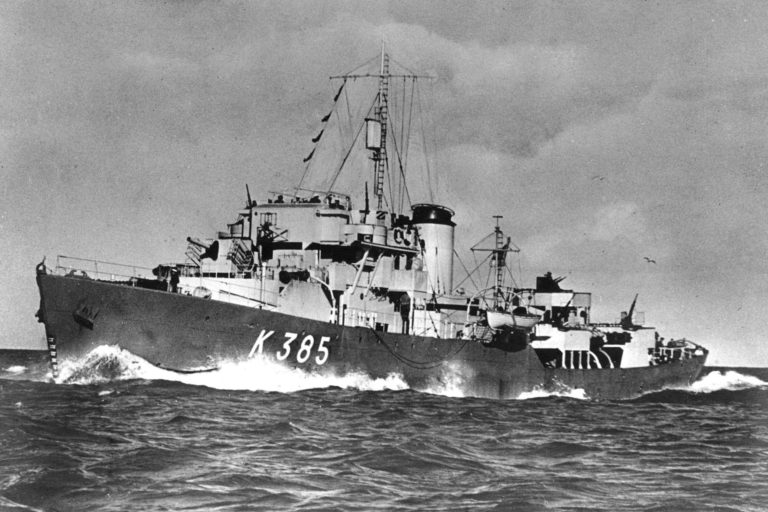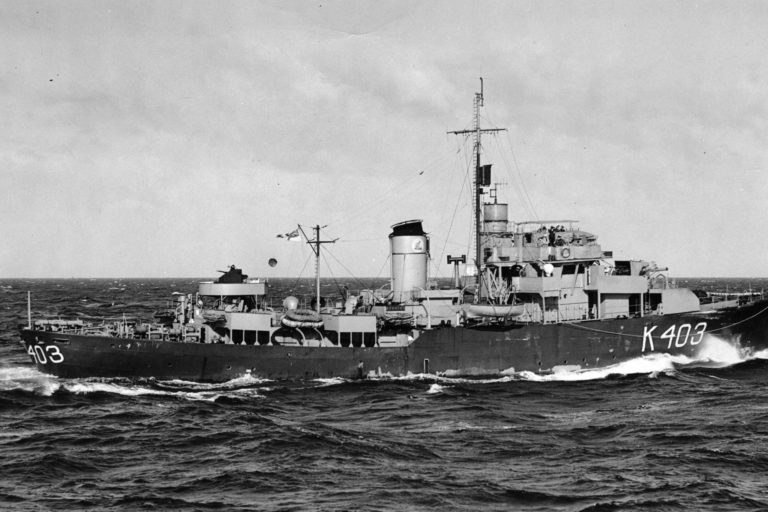Four model SH-2F model Seasprites were introduced to the RNZN from June/July 1997.[1] It was part of a group of four of this type of helicopter purchased by the NZDF as an interim solution prior to the arrival of the new variant SH-2G Super Seasprite due to be delivered in 2000. It was noted that HMNZS Canterbury & Wellington would require modifications to their onboard hangars to accommodate the larger aircraft.[2] The staggered delivery allowed for training to be undertaken within the manpower constraints the RNZN was operating under in 1997. The four helicopters would provide a maximum of two seagoing flights once they were restored to flying condition and cleared for use.[3]
The priority for operation of the 2F model was as follows:[4]
- Training for pilots and observers, groundcrew for safe operation at sea & on shore
- Embarked training to ensure safe ship/helicopter operations, maintenance & command at sea
- For operations such as SAR, VERTREP, personnel transfer, surveillance including use of radar & tactical equipment
- Embarked helicopter operations for the purpose of the purchase agreement
Because of the short-term service life of this model in the RNZN, there were not to be any major modifications to be made.[5] On 27 February 1998 the first SH-2F Seasprite naval helicopter [NZ3441] was rolled out for service with the Royal New Zealand Navy. The first to arrive was NZ3441 arrived in November 1997 and underwent an intensive activation period. This particular aircraft had only flown 1,200 hours since it was built in 1983. It was last flown in July 1996 by the manufacturer Kaman Aerospace to test the “Magic Lantern”, an experimental mine detection device. The helicopter was designed to be used in both the ASW and Anti Surface Warfare roles.
Details:
Maximum weight: 6.1 tonnes
Engines: 2x T58-General Electric 8F [1350shp each]
Endurance: 3 ½ hours
Maximum Speed: 150 knots [277.5km/hr]
Range: 370nm [685km]
Rescue Hook: 200kg max, 30m cable
Cargo Hook: 1.8 tonnes max
Weapons: MK46 air-dropped torpedoes
1 x M60 machinegun
Radar: AN/LN – 66 HP
ESM: AN/ALR 66
Navigation: Tactical Navigation Computer, TACAN, GPS, ADF, IFF
Communications: UHF, VHF, KY-58 Secure Voice
Crew: Pilot, Observer, Senor Operator
[1] RNZN Navy Orders 1997 21/97 SH-2F Interim Helicopters for the Naval Combat Force – Concept of Operations and Training Agreed by the RNZN and RNZAF dated 16 April 1997, p. 14.
[2] RNZN Navy Orders 1997 21/97 SH-2F Interim Helicopters for the Naval Combat Force – Concept of Operations and Training Agreed by the RNZN and RNZAF dated 16 April 1997, p. 14.
[3] RNZN Navy Orders 1997 21/97 SH-2F Interim Helicopters for the Naval Combat Force – Concept of Operations and Training Agreed by the RNZN and RNZAF dated 16 April 1997, p. 14.
[4] RNZN Navy Orders 1997 21/97 SH-2F Interim Helicopters for the Naval Combat Force – Concept of Operations and Training Agreed by the RNZN and RNZAF dated 16 April 1997, p. 14.
[5] RNZN Navy Orders 1997 21/97 SH-2F Interim Helicopters for the Naval Combat Force – Concept of Operations and Training Agreed by the RNZN and RNZAF dated 16 April 1997, p. 15.


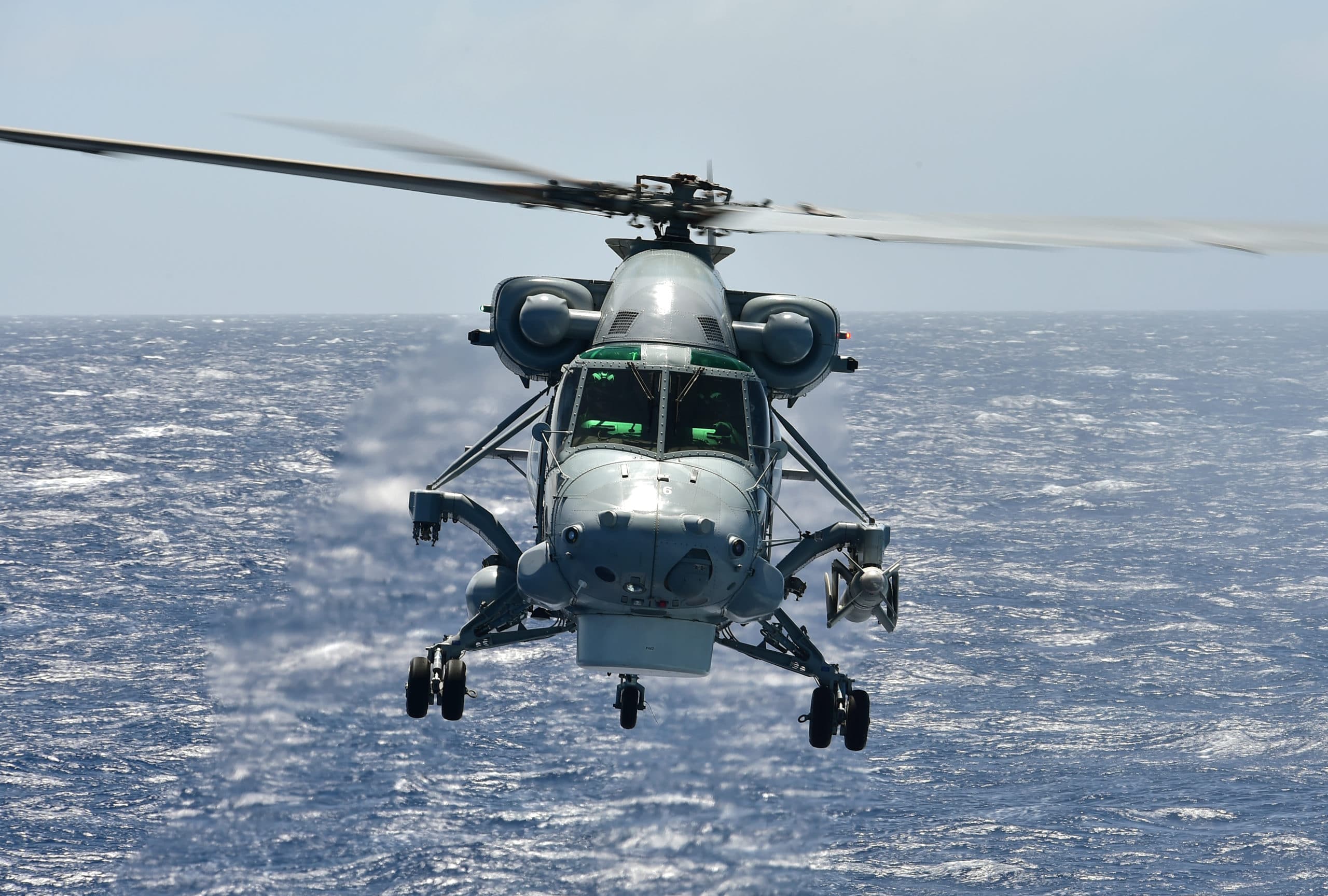
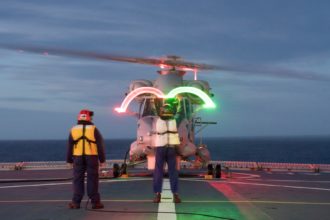
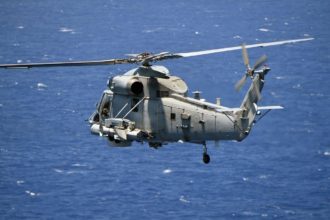
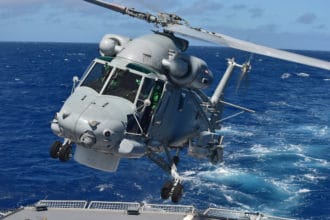
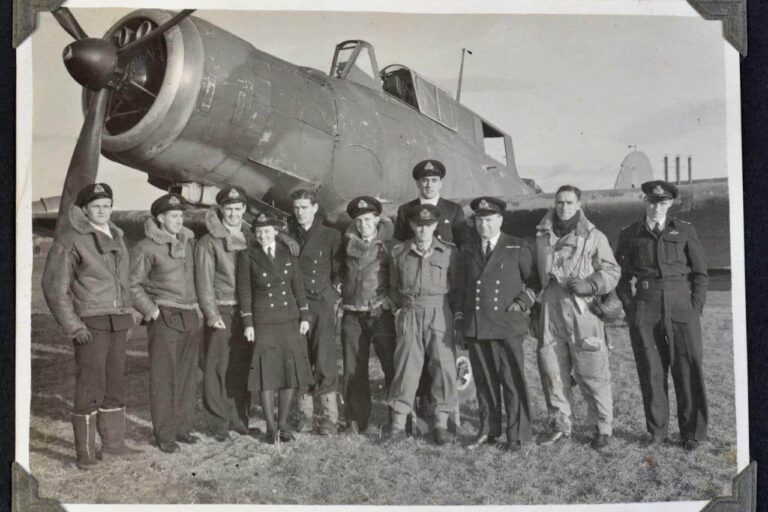

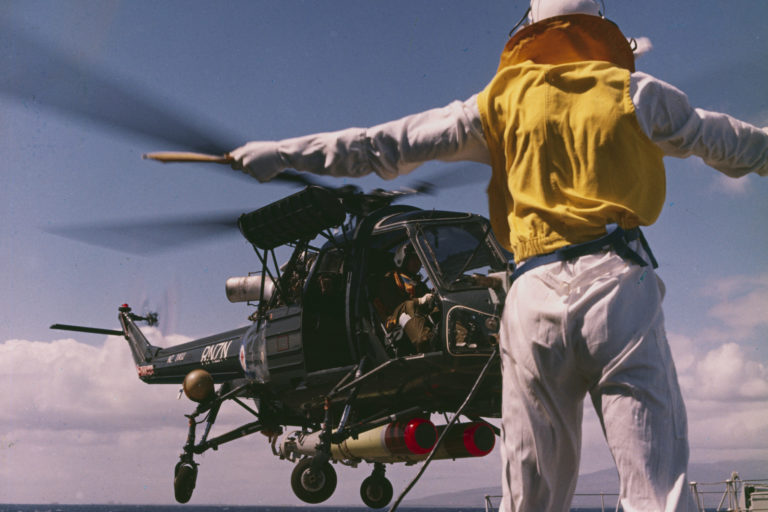
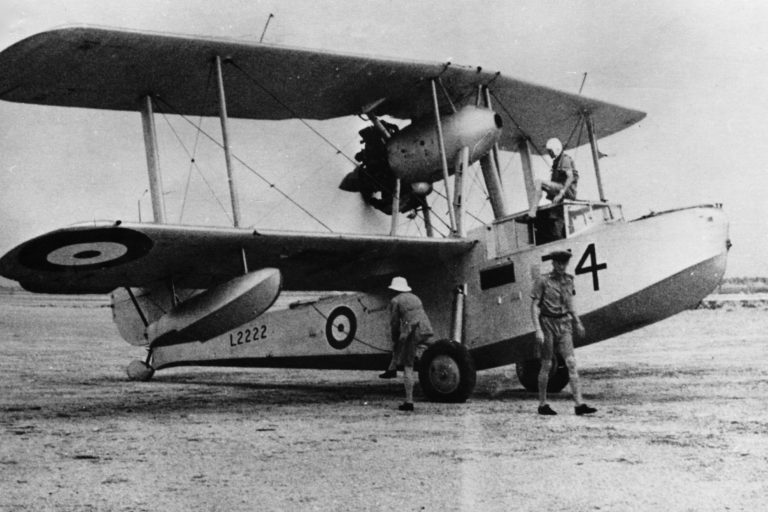
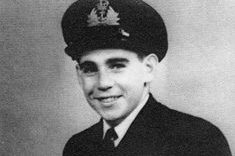
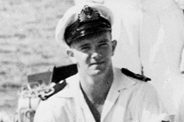
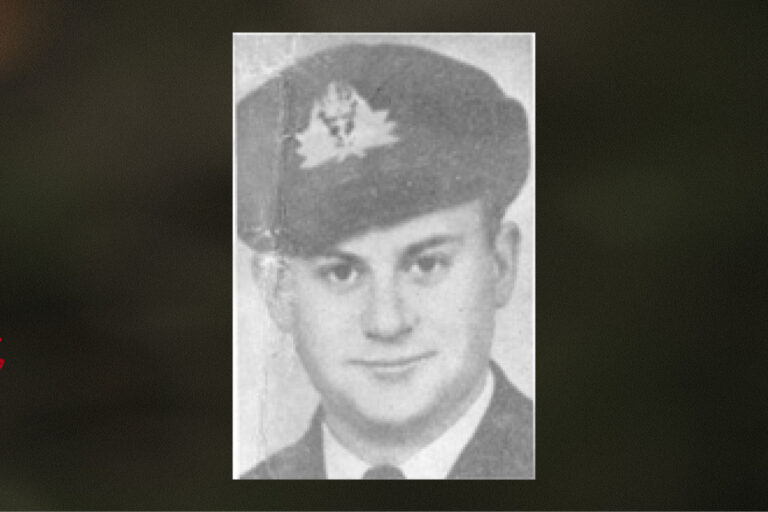
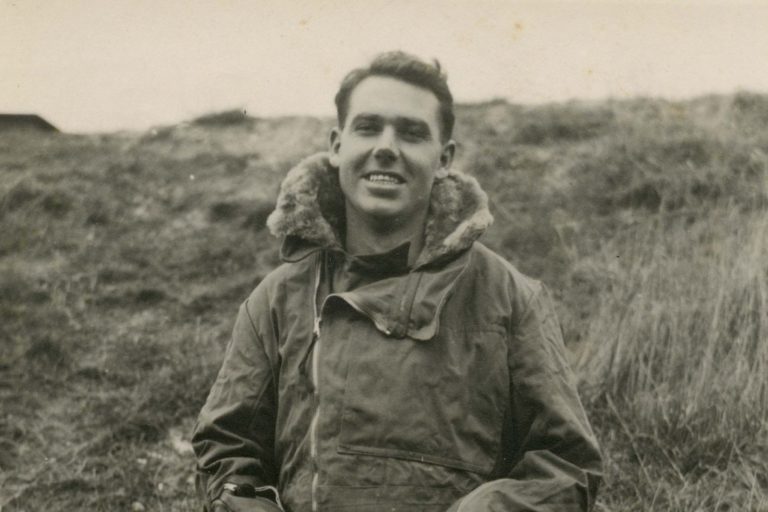


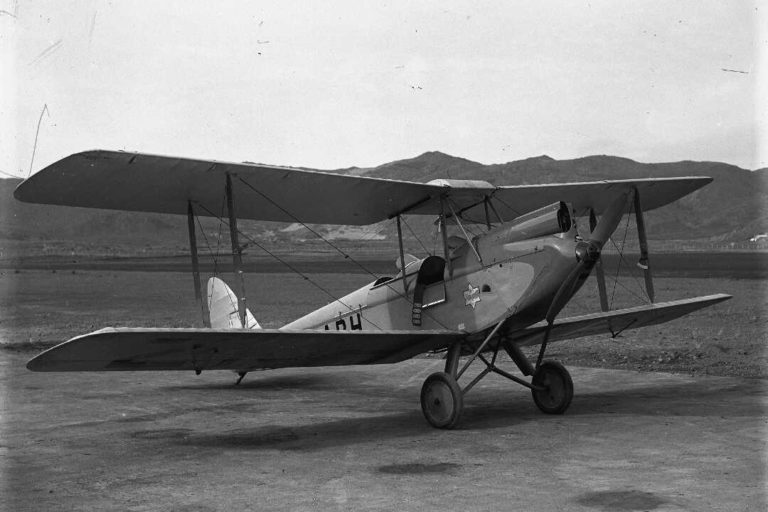
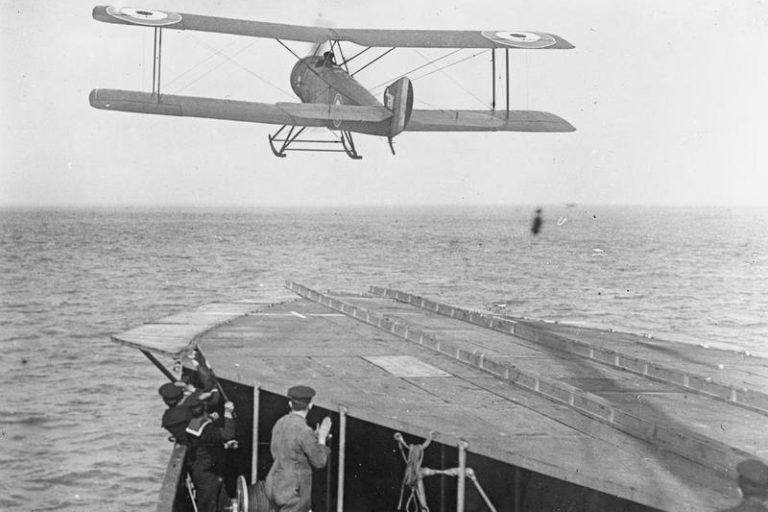
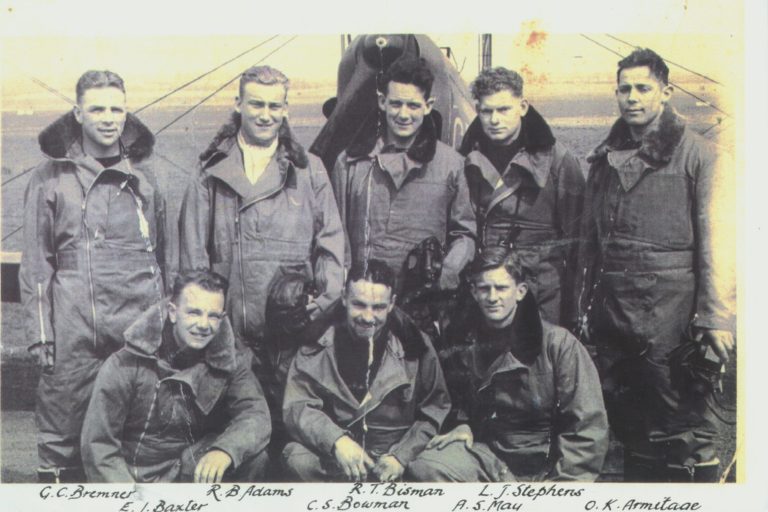
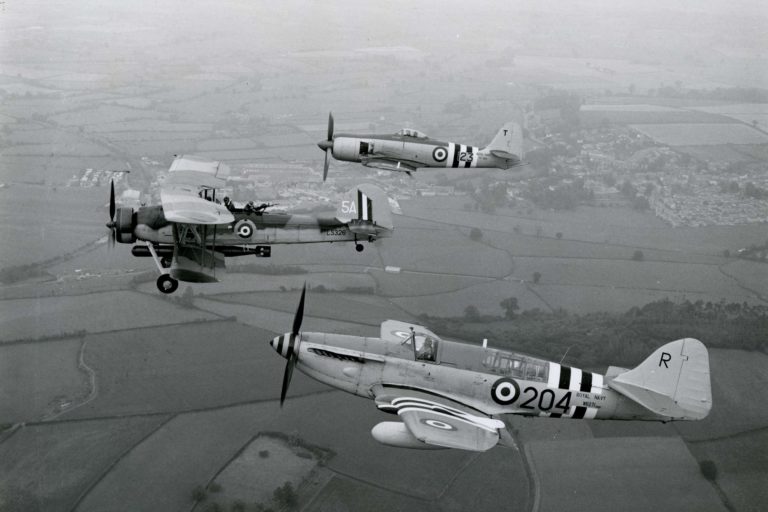
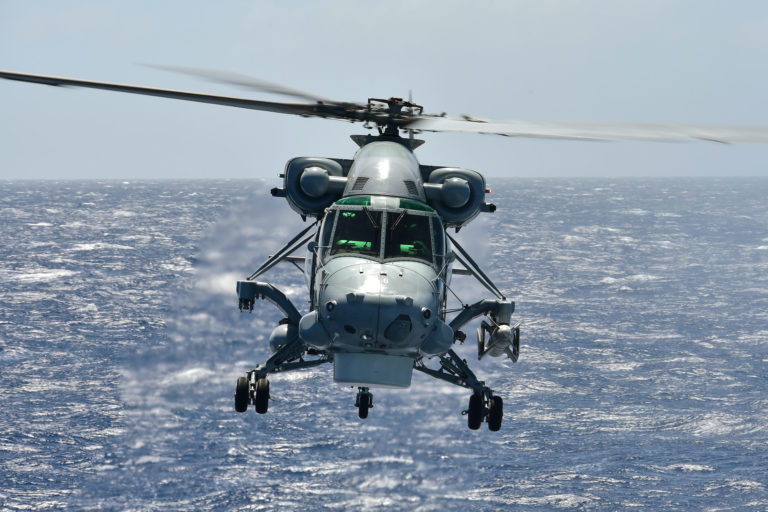
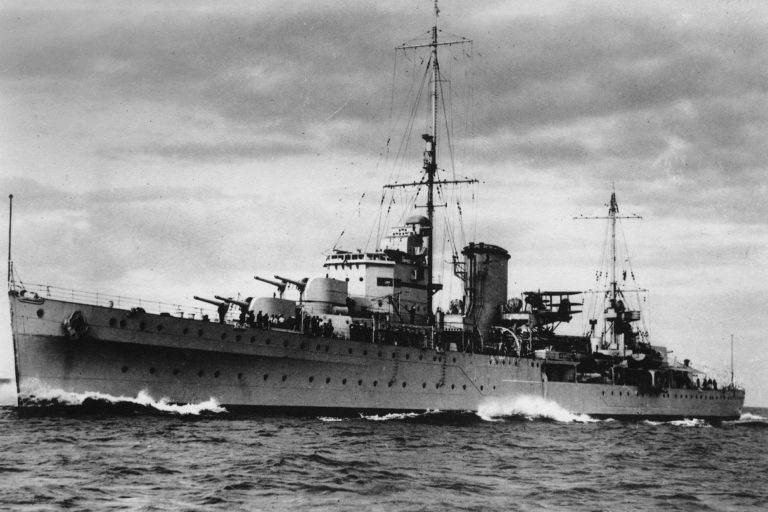
![Amokura Training Ship Amokura [formerly HMS Sparrow]](https://navymuseum.co.nz/wp-content/uploads/amokura.jpg)
